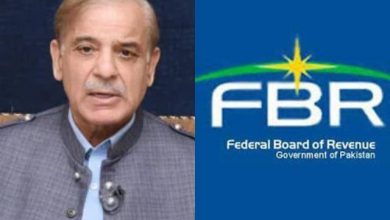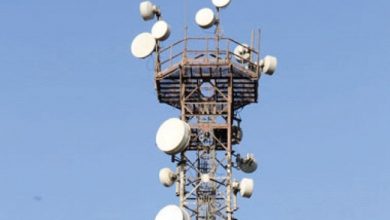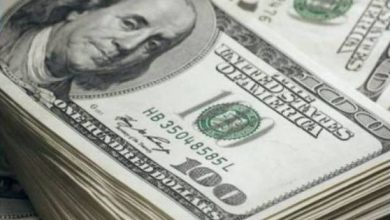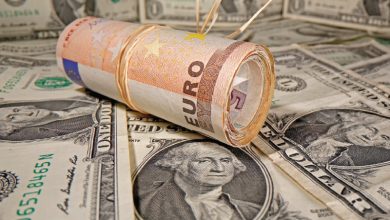End of free money era: can Pakistan survive?

KARACHI:The period of ultra-low interest rates, often dubbed the “free money era”, has officially concluded. This shift in global monetary policy signifies a critical turning point for economies worldwide, especially Pakistan.
The free money era was characterised by a time when major central banks, such as the US Federal Reserve (Fed), the European Central Bank (ECB), the Bank of England (BoE), and the Bank of Japan (BoJ), maintained ultra-low or even negative interest rates to deal with the economic fallout from the 2008 financial crisis.
This created an environment where borrowing was cheaper than ever before, prompting businesses to expand their operations and consumers to increase spending on goods and services. This boost in spending and investment drove up consumption, fuelling economic activity.
However, in the last couple of years, central banks around the world began to increase interest rates to combat rising inflation, driven by high energy prices, supply chain disruptions, a recovery in demand in the post-pandemic world, and other factors. Major central banks worldwide, such as the Fed, the BoE, and the ECB, have been increasing interest rates since 2022. The Bank of Japan, however, has been holding its ground.
For eight years, Tokyo has steadfastly maintained negative interest rates to support its economy. That was until last month when the BoJ capitulated, announcing its first interest rate hike in 17 years.
In Japan, inflation rose to a 41-year high of 3.1% in 2023, a development that has now led the nation’s central bank to adjust its stance, setting a new short-term interest rate target in the range of 0 to 0.1%. This has officially made Japan the last central bank in the world to abandon the ultra-low interest rate policy.
Interest rates have climbed to their highest levels in years in several developed and developing nations. In the US, rates have reached a peak not seen in 23 years, while they are at 15-year highs in the UK, and the ECB has set rates at the highest in 22 years. Although there is anticipation of rate reductions in some economies, including the US – where efforts to control inflation have shown success – policymakers are proceeding with caution. They are navigating the delicate balance between avoiding a recession and preventing a resurgence of inflation.
Any forthcoming rate cuts are likely to be modest. As a result, businesses and economies worldwide must adapt to this new normal of high interest rates. Pakistan is no stranger to the dual challenges of high inflation and elevated interest rates. According to the latest data released by the Pakistan Bureau of Statistics, headline inflation for March stood at 20.7% – the lowest in nearly two years. Yet, this is far from a cause for celebration.
The apparent decrease is largely attributed to the high base effect, and the high inflation that exceeds 20% remains deeply concerning, especially for those families struggling to afford basic necessities.
Meanwhile, the SBP has pushed interest rates to unprecedented heights, currently at a historic peak of 22%. Such elevated interest rates have significantly hindered both businesses and individuals, rendering borrowing unfeasible and unaffordable.
However, with high interest rates becoming prevalent all over the world, Pakistan has another concern. The nation’s economy has been heavily dependent on borrowing, with a significant portion of its debt originating from multilateral and bilateral sources, commercial banks, the Paris Club, the International Monetary Fund (IMF), and the private sector.
Currently, Pakistan is in the process of negotiating a substantial IMF programme, which could get finalised by the end of this financial year.
Additionally, there are plans to venture into the Chinese bond market by issuing approximately $300 million of Panda bonds for the first time. This approach follows previous endeavours in Western bond markets through dollar and Eurobond issuances.
The concern for Pakistan’s policymakers is that in an environment where high interest rates persist, borrowing costs are likely to escalate, exerting additional strain on the nation’s financial health.
Furthermore, the prevailing high interest rates in the developed world could deter foreign investment in Pakistan. The country has already seen a decline in FDI, which fell by 17% to just $820.6 million in the first eight months of the current financial year.
The competitive interest rates offered by the central banks of developed countries provide foreign investors with appealing and secure returns. Given its economic challenges, political volatility, and weakening currency, Pakistan might struggle not only to attract foreign investment but also to retain the capital it currently has.
The recent rate increase from the Bank of Japan signals to Pakistan’s policymakers that the era of low rates has ended and borrowing costs will remain high in the foreseeable future. This underscores the urgency for implementing essential structural economic reforms.
THE WRITER IS A CORPORATE CONSULTANT SPECIALISING IN BUSINESS AND ECONOMIC ISSUES
Published in The Express Tribune, April 22nd, 2024.
Like Business on Facebook, follow @TribuneBiz




